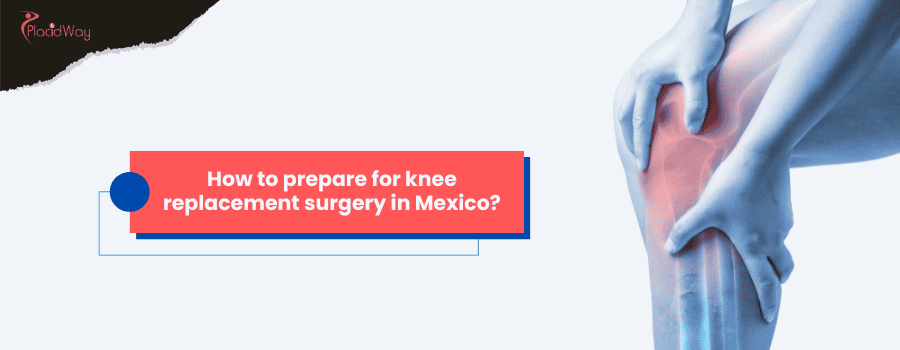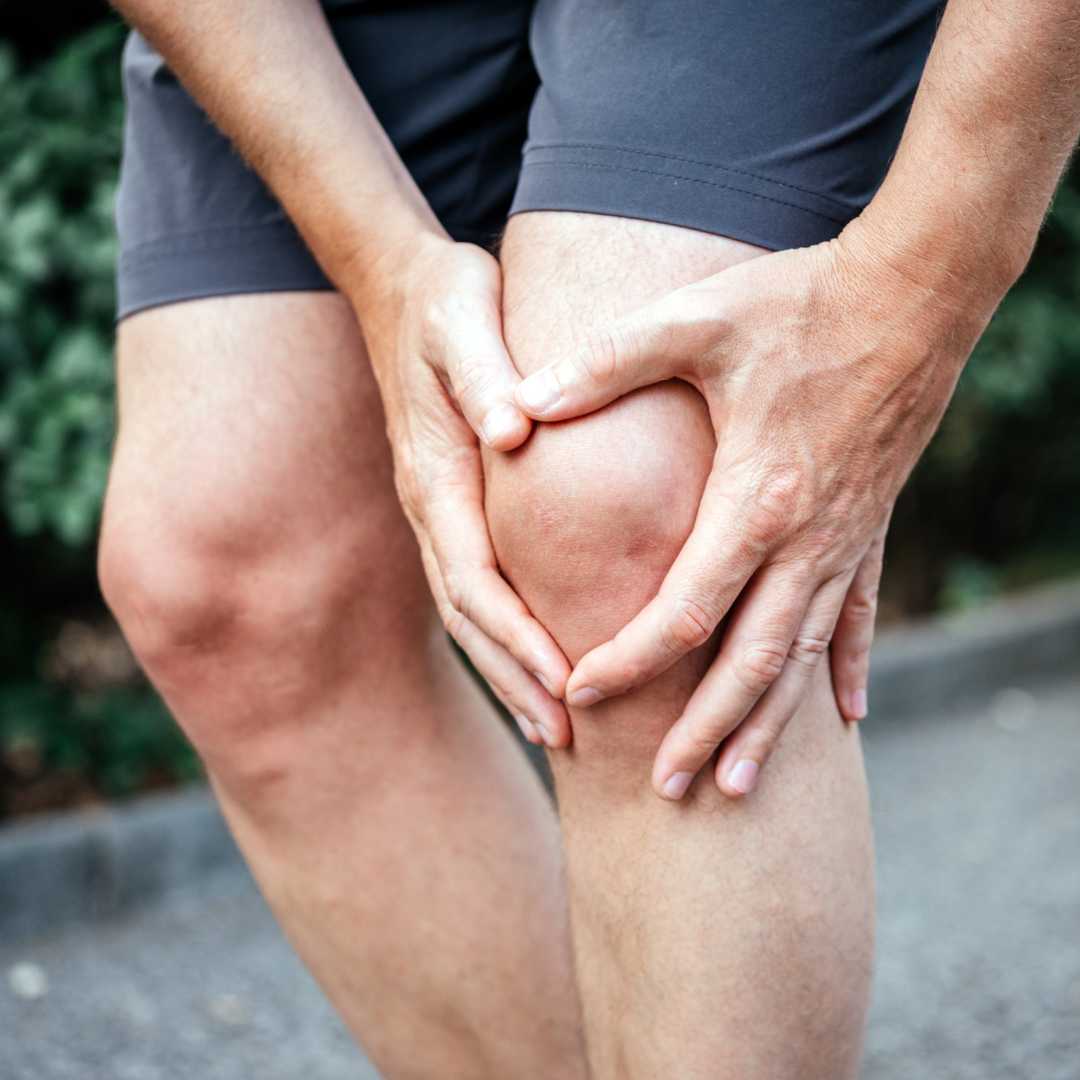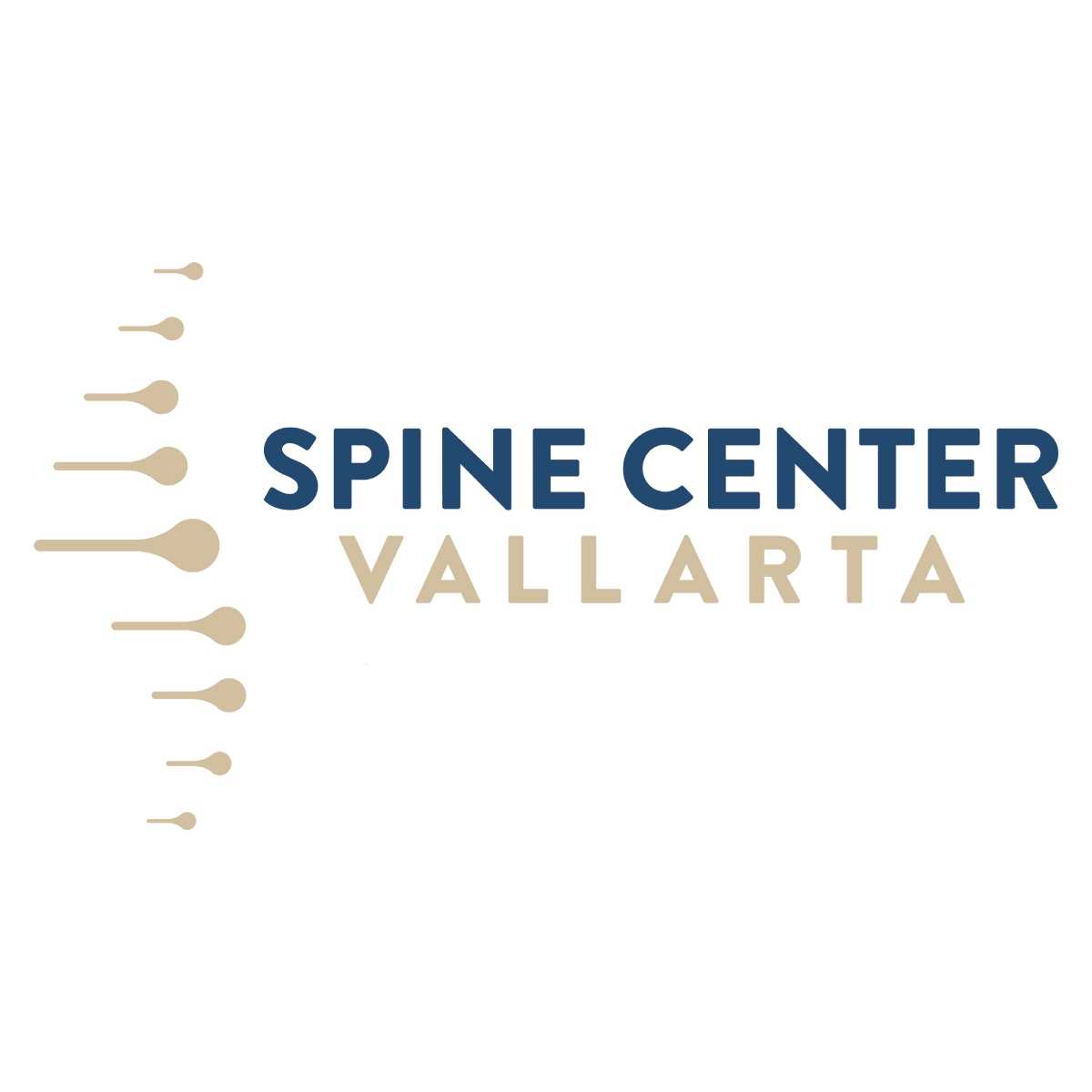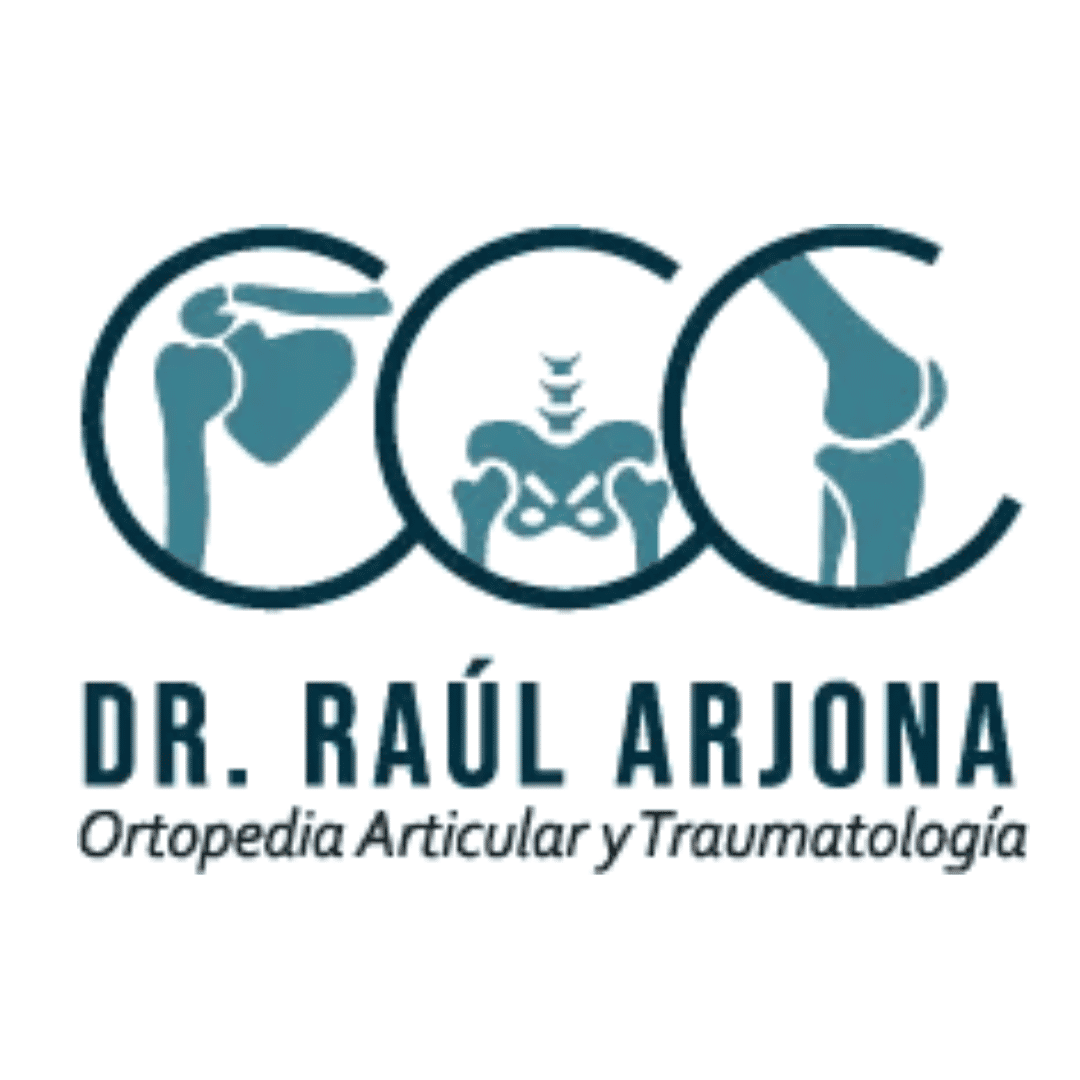Your Knee Replacement in Mexico: Are You Prepared?

Knee replacement surgery in Mexico can be a life-changing procedure, offering relief from chronic pain and restoring mobility. Many individuals choose Mexico for this surgery due to its affordable healthcare options and high-quality medical facilities. Proper preparation is key to ensuring a smooth experience and successful outcome. This guide will walk you through everything you need to know, from initial considerations to post-operative care, helping you feel confident and well-prepared for your knee arthroplasty in Mexico.
Planning for knee replacement surgery in Mexico involves several crucial steps. These include thorough medical evaluations, understanding the logistics of traveling for surgery, arranging finances, and preparing your home for your return and recovery. By addressing these aspects proactively, you can significantly reduce stress and focus on your healing journey.
Why Consider Knee Replacement Surgery in Mexico?
"Many people consider knee replacement surgery in Mexico due to significant cost savings, access to experienced surgeons, modern medical facilities, and the opportunity to recover in a pleasant environment."
The cost of knee replacement surgery in Mexico is often substantially lower than in countries like the United States or Canada, without compromising on the quality of care. This cost advantage makes it an attractive option for patients without comprehensive insurance coverage or those facing long wait times in their home countries. Many Mexican hospitals catering to medical tourism Mexico are internationally accredited and equipped with state-of-the-art technology.
Furthermore, Orthopedic surgeons in Mexico who perform these procedures are often US-trained or have extensive international experience. They are skilled in the latest surgical techniques. The added benefit of recovering in a warmer climate or a resort-like setting can also contribute to a more positive overall experience for some patients.
How Do I Choose a Surgeon and Hospital in Mexico?
"Choosing a surgeon and hospital in Mexico for your knee replacement involves researching credentials, reading patient reviews, verifying hospital accreditations, and ensuring clear communication with the medical team."
Start by looking for board-certified orthopedic surgeons with specific experience in knee replacement surgery. You can often find profiles and qualifications on hospital websites or through medical tourism facilitator. Don't hesitate to ask for their success rates and the number of procedures they perform annually. Patient testimonials and reviews on independent platforms can offer valuable insights into others' experiences.
Ensure the hospital is accredited by recognized international bodies, such as the Joint Commission International (JCI). This indicates adherence to high standards of safety and quality. Communication is also vital; ensure the surgeon and hospital staff can communicate effectively in your language, or that reliable translation services are available. A pre-operative consultation, even via video call, can help you assess your comfort level with the surgeon.
What Pre-operative Tests are Required?
"Before knee replacement surgery in Mexico, you will typically need a series of pre-operative tests, including blood tests, urine tests, an electrocardiogram (ECG), chest X-rays, and a complete medical history review."
These tests are crucial to ensure you are fit for surgery and to identify any potential risks. Blood tests will check for anemia, infection, and your blood's ability to clot. A urine test can detect infections. An ECG and chest X-ray assess your heart and lung function, which is important for tolerating anesthesia and the stress of surgery.
Your surgeon in Mexico will also require a detailed medical history, including any pre-existing conditions (like diabetes or heart disease), medications you are currently taking (including over-the-counter drugs and supplements), and any allergies. Honesty and thoroughness in providing this information are paramount for your safety during the knee arthroplasty in Mexico. Some tests might be done in your home country and the results sent to your Mexican surgical team, while others may be performed in Mexico shortly before the surgery.
How Should I Prepare Physically for the Surgery?
"Physical preparation for knee replacement surgery in Mexico involves strengthening the muscles around your knee, improving your overall fitness, maintaining a healthy weight, and stopping certain medications as advised by your doctor."
Engaging in pre-operative exercises, often called "prehab," can significantly improve your recovery. Focus on exercises that strengthen your quadriceps, hamstrings, and calf muscles. Gentle range-of-motion exercises can also be beneficial. Improving your cardiovascular health through activities like swimming or cycling (if your knee allows) can also help your body cope with the surgery and recovery.
If you are overweight, losing even a modest amount of weight can reduce stress on your new knee and decrease surgical risks. Your doctor will also advise you on which medications to stop or adjust before surgery. For example, blood thinners, anti-inflammatory drugs (like ibuprofen), and certain supplements may need to be discontinued a week or two before your knee replacement surgery. Quitting smoking is also highly recommended, as smoking can impair healing.
What Should I Pack for My Trip to Mexico?
"When packing for your knee replacement surgery in Mexico, include comfortable loose-fitting clothing, supportive walking shoes, all necessary medications, copies of medical records, travel documents, and entertainment for your recovery period."
Comfortable clothing that is easy to put on and take off will be essential, especially after surgery when your mobility is limited. Think elastic waistbands and front-opening shirts. Bring supportive, non-slip walking shoes or slippers. Pack all your regular medications in their original containers, along with prescriptions, plus any specific medications your Mexican doctor has prescribed.
It's crucial to carry copies of your medical records, including pre-operative test results, imaging scans (X-rays, MRIs), and a list of your medical conditions and allergies. Don't forget your passport, visa (if required), flight details, and contact information for your hospital and accommodation in Mexico. Books, magazines, a tablet, or other forms of entertainment will be helpful during your hospital stay and initial recovery.
What are the Logistical Arrangements I Need to Make?
"Logistical arrangements for knee replacement surgery in Mexico include booking flights, arranging suitable accommodation for recovery, organizing ground transportation, and ensuring you have any necessary travel insurance and visas."
Book flights that allow for comfortable travel, considering you will be less mobile on your return journey. You might want to request wheelchair assistance at airports. Arrange accommodation that is accessible and suitable for recovery – ideally on the ground floor or with elevator access, and with a walk-in shower. Many medical tourism Mexico packages include airport transfers and transportation to and from the hospital.
Check visa requirements for Mexico based on your nationality, although many nationalities can enter visa-free for tourism, which often covers medical travel. It's also wise to look into travel insurance that covers medical emergencies and potential complications, even if the surgery itself is the primary purpose of your trip. Confirm payment methods accepted by the hospital and plan your finances accordingly.
How Much Does Knee Replacement Surgery Cost in Mexico?
"The cost of knee replacement surgery in Mexico typically ranges from $8,000 to $15,000 USD, which is significantly lower than in the US where it can be $30,000 to $50,000 or more."
This cost usually includes the surgeon's fees, hospital stay, anesthesia, the prosthesis, pre-operative tests done in Mexico, and sometimes initial physical therapy. However, it's crucial to get a detailed quote from the hospital or your medical tourism facilitator, outlining exactly what is included.
Factors that can influence the final cost of knee replacement Mexico include the type of implant used, the hospital's reputation and level of amenities, the surgeon's experience, the length of your hospital stay, and whether any additional medical services are required. Be sure to inquire about potential additional costs for medications, extended hospital stays, or unforeseen complications.
How Do I Manage Pain After Knee Replacement Surgery?
"Managing pain after knee replacement surgery involves a combination of prescribed pain medications, ice application, elevation of the leg, and gentle movement as recommended by your physical therapist."
Immediately after your knee arthroplasty in Mexico, you will receive pain relief through an IV or an epidural, transitioning to oral pain medications as you recover. Your medical team will work with you to ensure your pain is well-controlled. It's important to take your pain medication as prescribed, rather than waiting for the pain to become severe.
Applying ice packs to your knee for 15-20 minutes several times a day can help reduce swelling and pain. Elevating your leg above heart level whenever you are sitting or lying down also helps to minimize swelling. Gentle exercises and movement, as guided by your physical therapist, are crucial for preventing stiffness and promoting blood flow, which also aids in pain management and recovery.
What is the Recovery Process Like in Mexico?
"The initial recovery process for knee replacement surgery in Mexico typically involves a hospital stay of 3-5 days, followed by a period of physical therapy and rehabilitation in Mexico for 1-2 weeks before you are cleared to travel home."
During your hospital stay, you will begin physical therapy, often on the same day or the day after surgery. This will involve learning how to get in and out of bed, walk with an assistive device (like a walker or crutches), and perform basic exercises to regain motion and strength in your knee. Nurses will monitor your vital signs, manage your pain, and care for your incision.
After discharge from the hospital, you may stay in a nearby hotel or a specialized recovery facility that caters to medical tourists. You will continue with regular physical therapy sessions. The duration of your stay in Mexico post-surgery will depend on your progress and your surgeon’s recommendations. This period allows your medical team to monitor your early recovery and address any immediate concerns before your journey home.
What Should I Expect When I Return Home?
"Upon returning home after knee replacement surgery in Mexico, you should expect to continue with physical therapy, manage pain and swelling, gradually increase your activity levels, and attend follow-up appointments with your local doctor."
Your recovery journey doesn't end when you leave Mexico. It's vital to have a plan for continued physical therapy in your hometown. This might involve outpatient therapy sessions or a home exercise program. You will likely still need pain medication for a period, and you should continue using ice and elevation as needed to manage any residual swelling.
Gradually reintroduce your normal activities, but avoid overexertion. Listen to your body and rest when needed. You'll need to arrange follow-up appointments with your primary care physician or a local orthopedic specialist to monitor your long-term recovery and address any concerns. Full recovery, where you can resume most activities without significant limitations, can take several months to a year.
How Long Will My New Knee Last?
"A modern knee replacement implant typically lasts for 15 to 20 years, and many can last even longer, depending on factors like the patient's activity level, weight, and overall health."
The longevity of your knee implant is influenced by several variables. Younger, more active patients may put more stress on the implant, potentially leading to earlier wear. Maintaining a healthy weight is crucial, as excess weight can accelerate wear and tear. Following your surgeon's recommendations regarding activity restrictions and engaging in low-impact exercises can also help prolong the life of your new knee.
Technological advancements in implant materials and surgical techniques have significantly improved the durability of knee replacements. Regular follow-up appointments with your orthopedic surgeon will help monitor the condition of your implant over time. If the implant does eventually wear out or loosen, a revision surgery may be necessary.
What Documents Do I Need for Medical Travel to Mexico?
"For medical travel to Mexico for knee replacement surgery, you will need a valid passport, potentially a visa depending on your nationality, copies of your medical records, and communication from your Mexican hospital or doctor."
Your passport should be valid for at least six months beyond your intended stay in Mexico. Check Mexico's visa requirements for your specific country of citizenship well in advance. Citizens of the US, Canada, and many European countries typically do not need a visa for short stays, including for medical tourism.
Carry comprehensive medical records, including your diagnosis, imaging studies (X-rays, MRIs), a list of current medications and allergies, and any pre-operative test results. It's also advisable to have a letter or email confirmation from your chosen hospital or surgeon in Mexico detailing your planned procedure and appointment dates. Keep digital copies of all important documents as a backup.
Can I Combine My Surgery with a Vacation?
"Yes, many patients choose to combine their knee replacement surgery in Mexico with a period of rest and relaxation, often referred to as a 'medical vacation,' but strenuous tourist activities should be postponed until well after recovery."
The concept of medical tourism Mexico often includes the appeal of recovering in a pleasant, vacation-like environment. Some patients opt to arrive a bit earlier to relax before their surgery or extend their stay after they are mobile enough to enjoy some light, accessible sightseeing. However, it's crucial to prioritize your recovery.
Immediately before and for a significant period after your knee arthroplasty in Mexico, your focus should be on rest, healing, and physical therapy. Strenuous activities, long tours, or excessive walking should be avoided until your surgeon and physical therapist clear you. If you plan to enjoy tourist attractions, do so very gently and with your physical limitations in mind, or plan these activities for a future trip once you are fully recovered.
Are you considering knee replacement surgery in Mexico? Explore PlacidWay's extensive network of accredited hospitals and experienced surgeons to find the right healthcare solutions tailored to your needs. Let us help you navigate your medical journey with confidence.


.png)
.png)













Share this listing